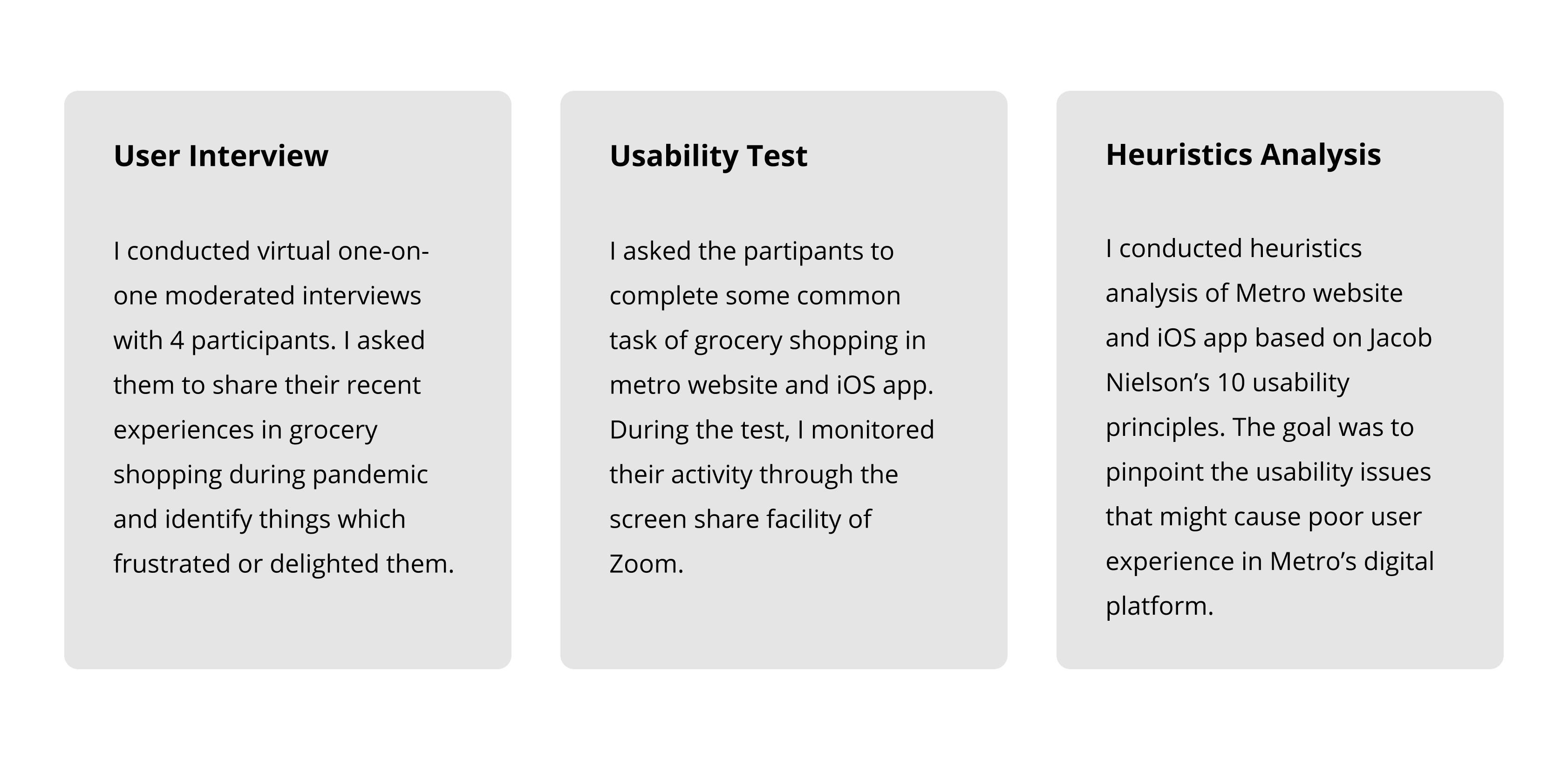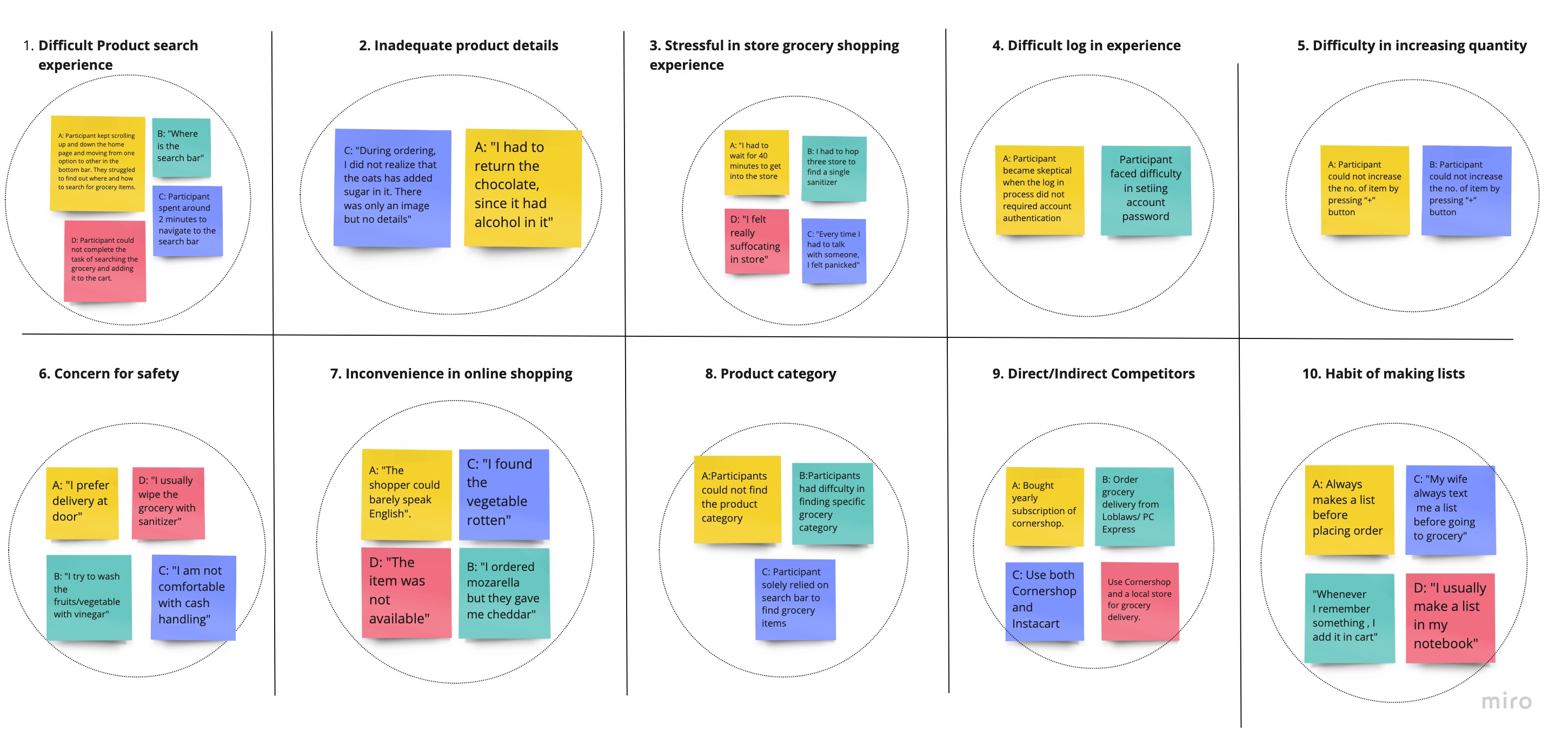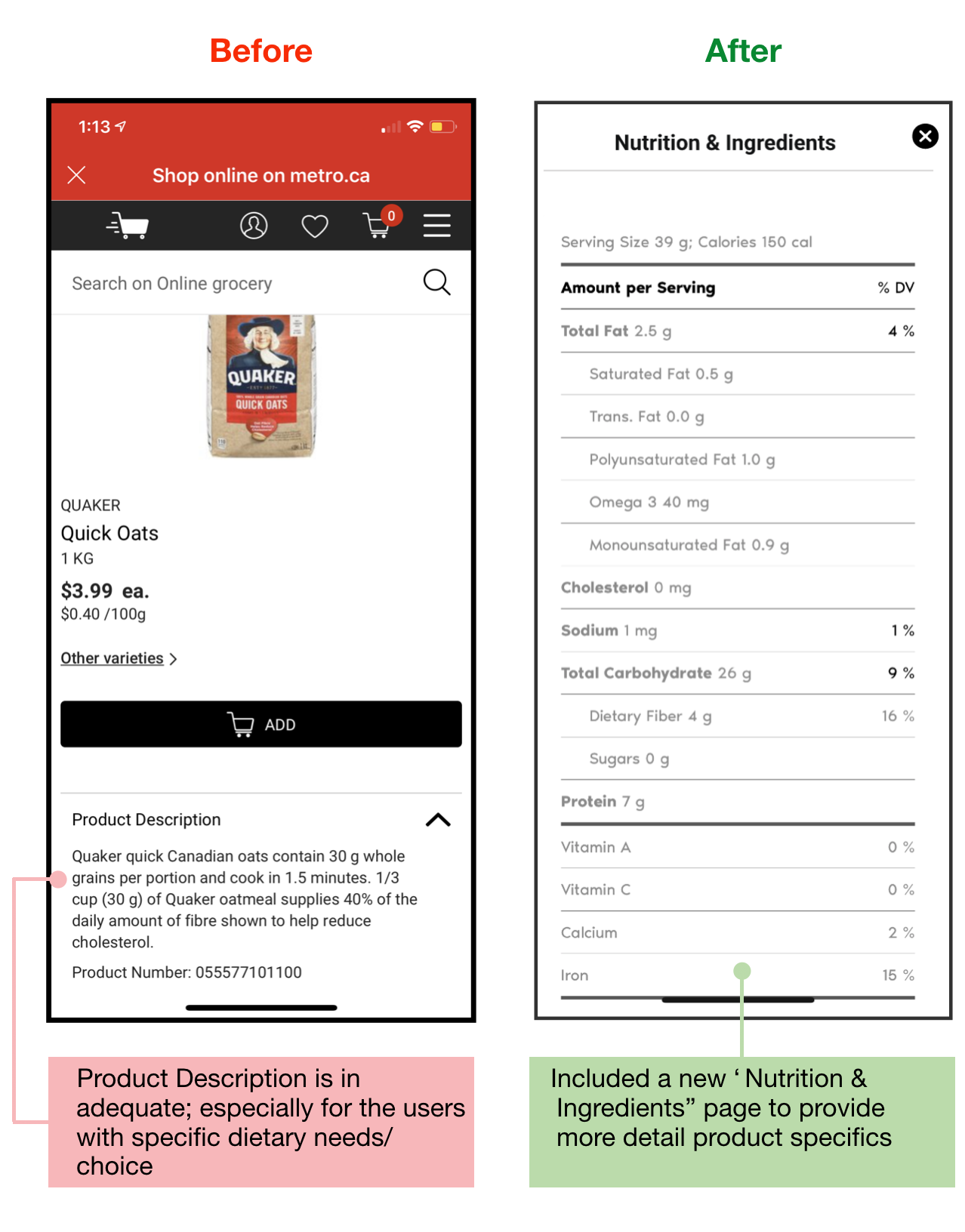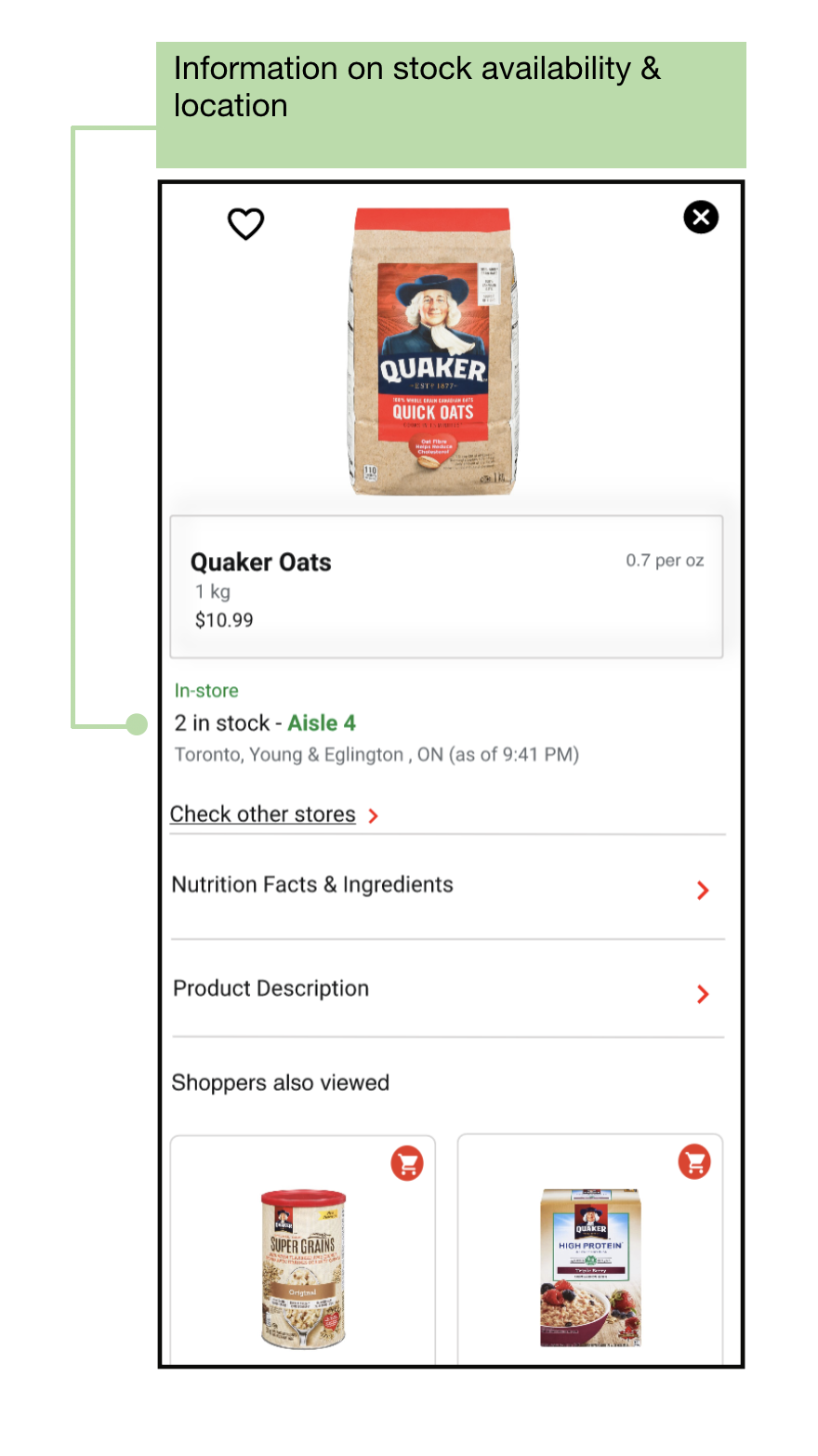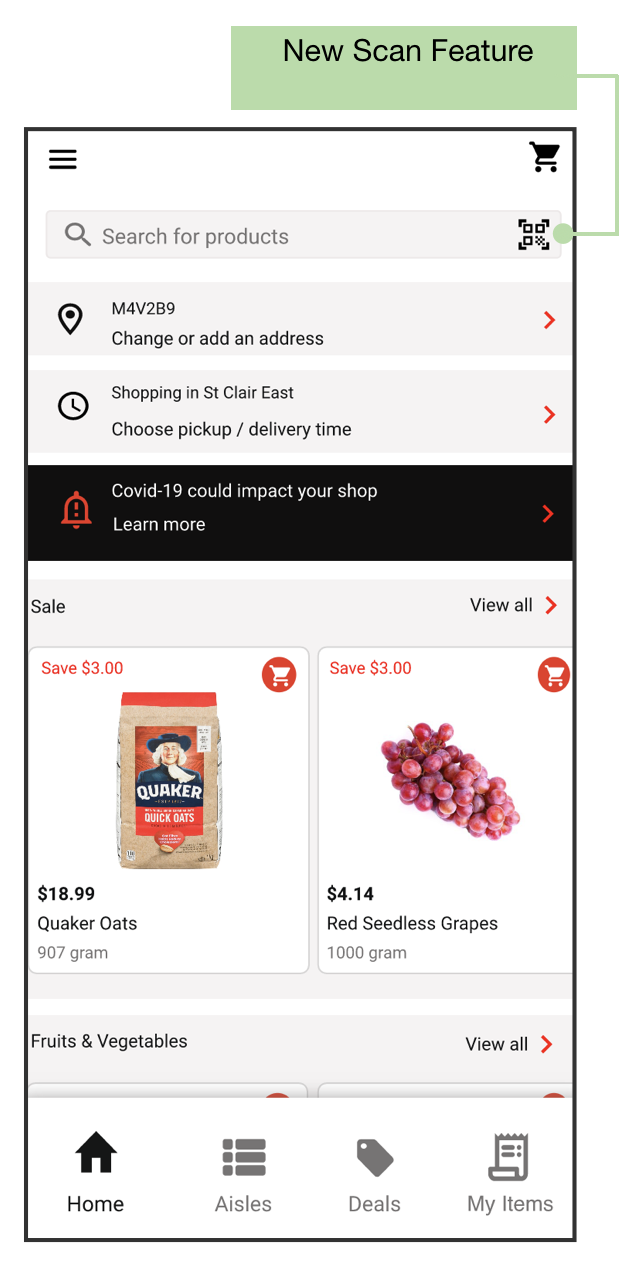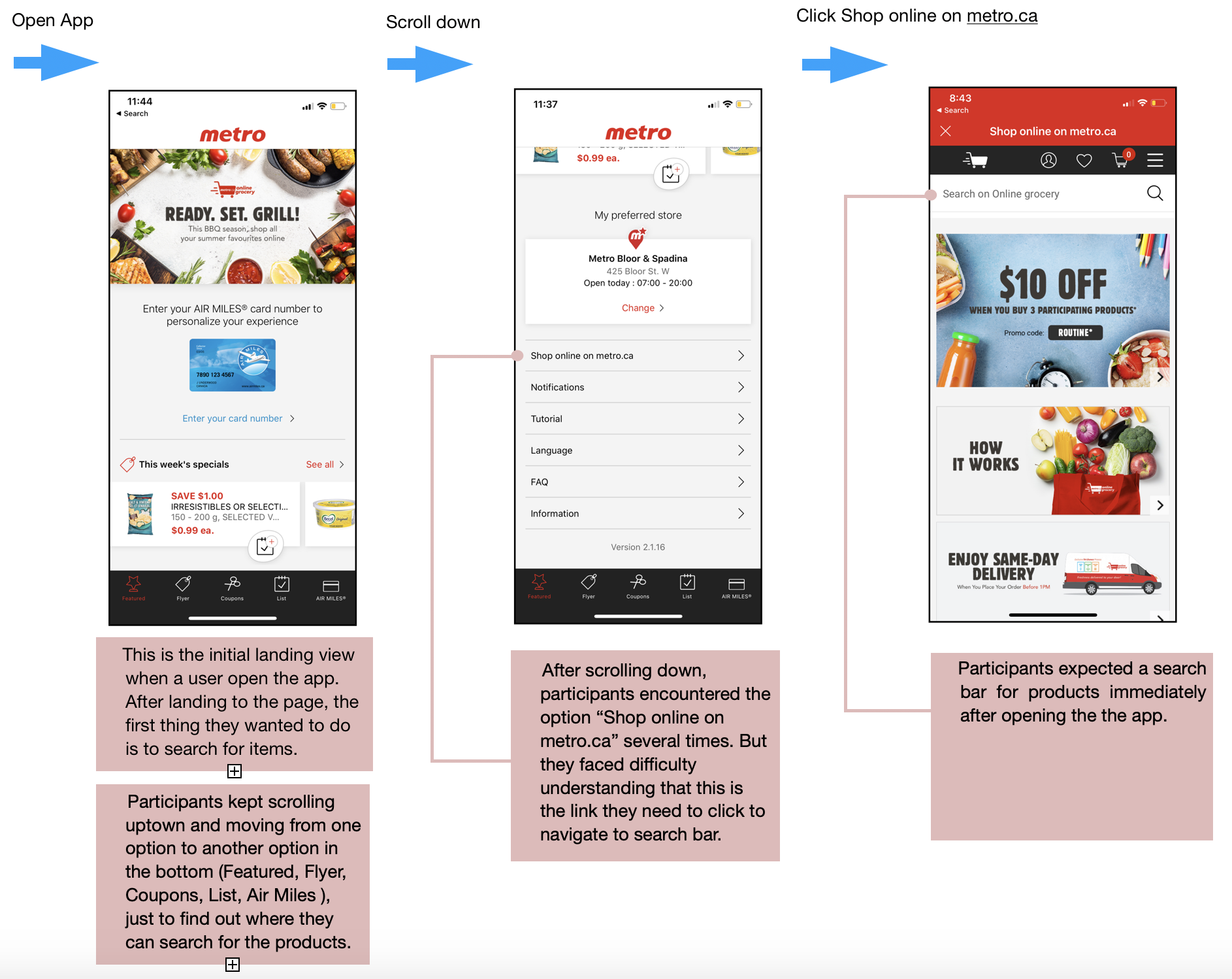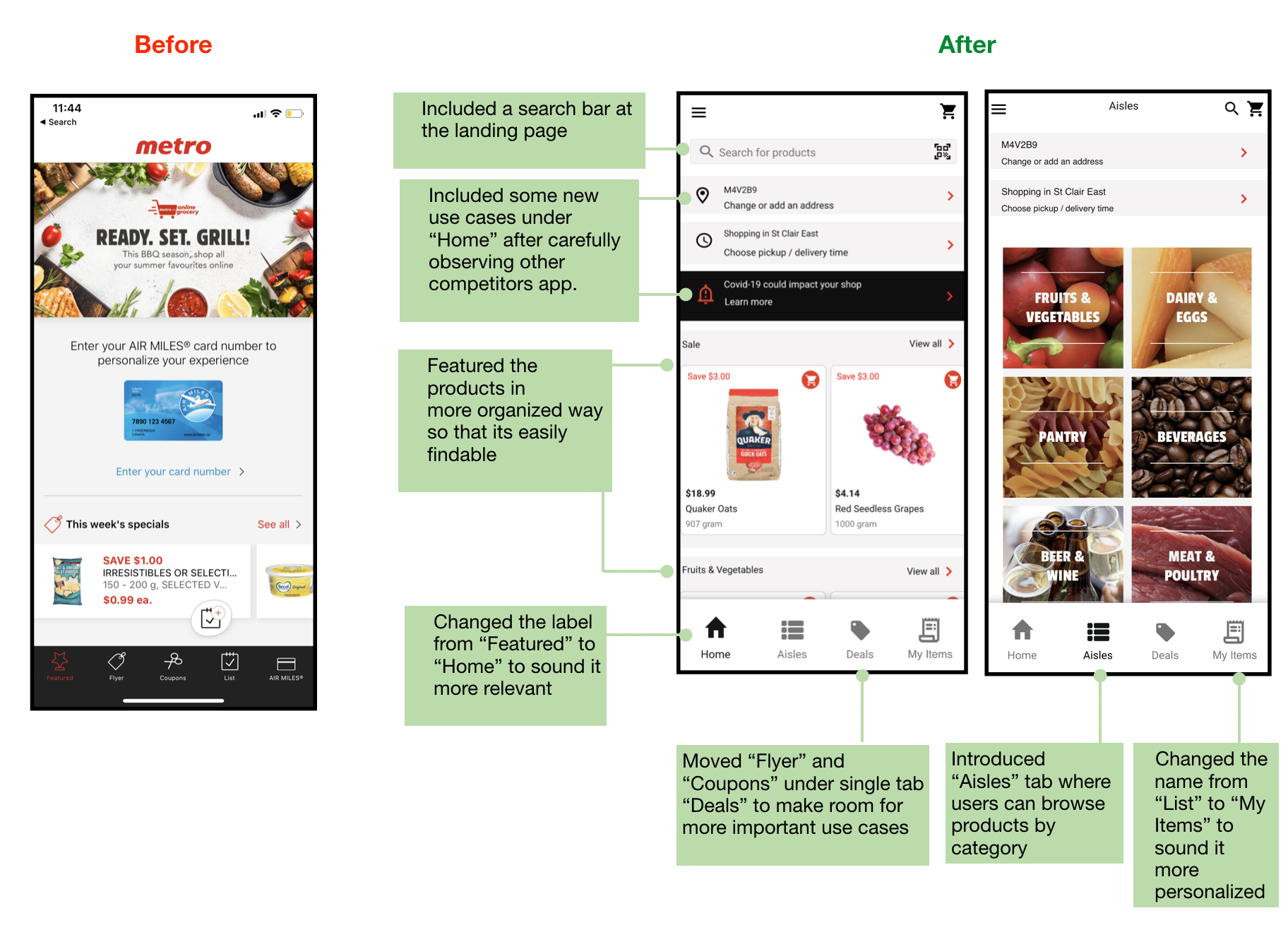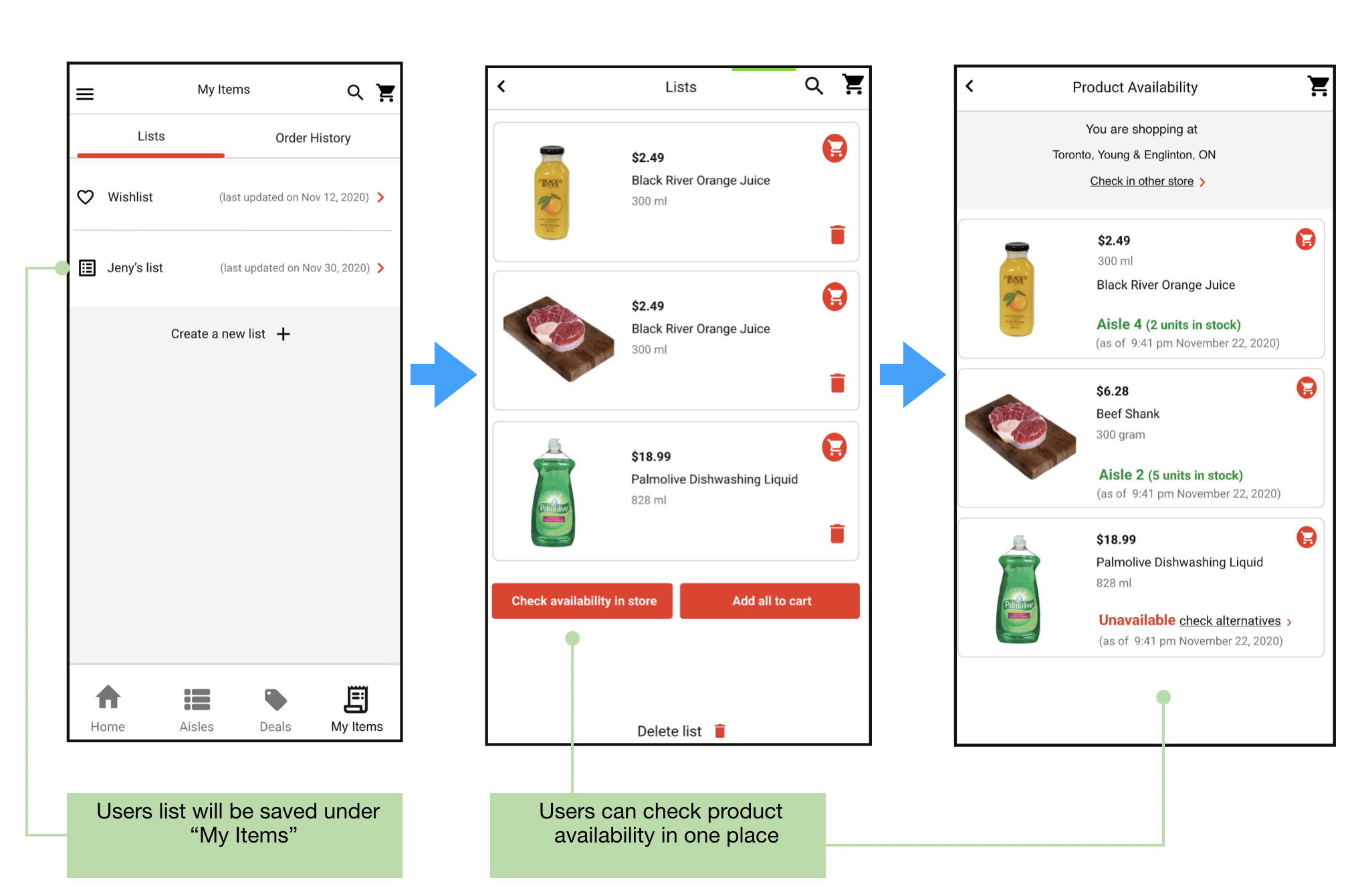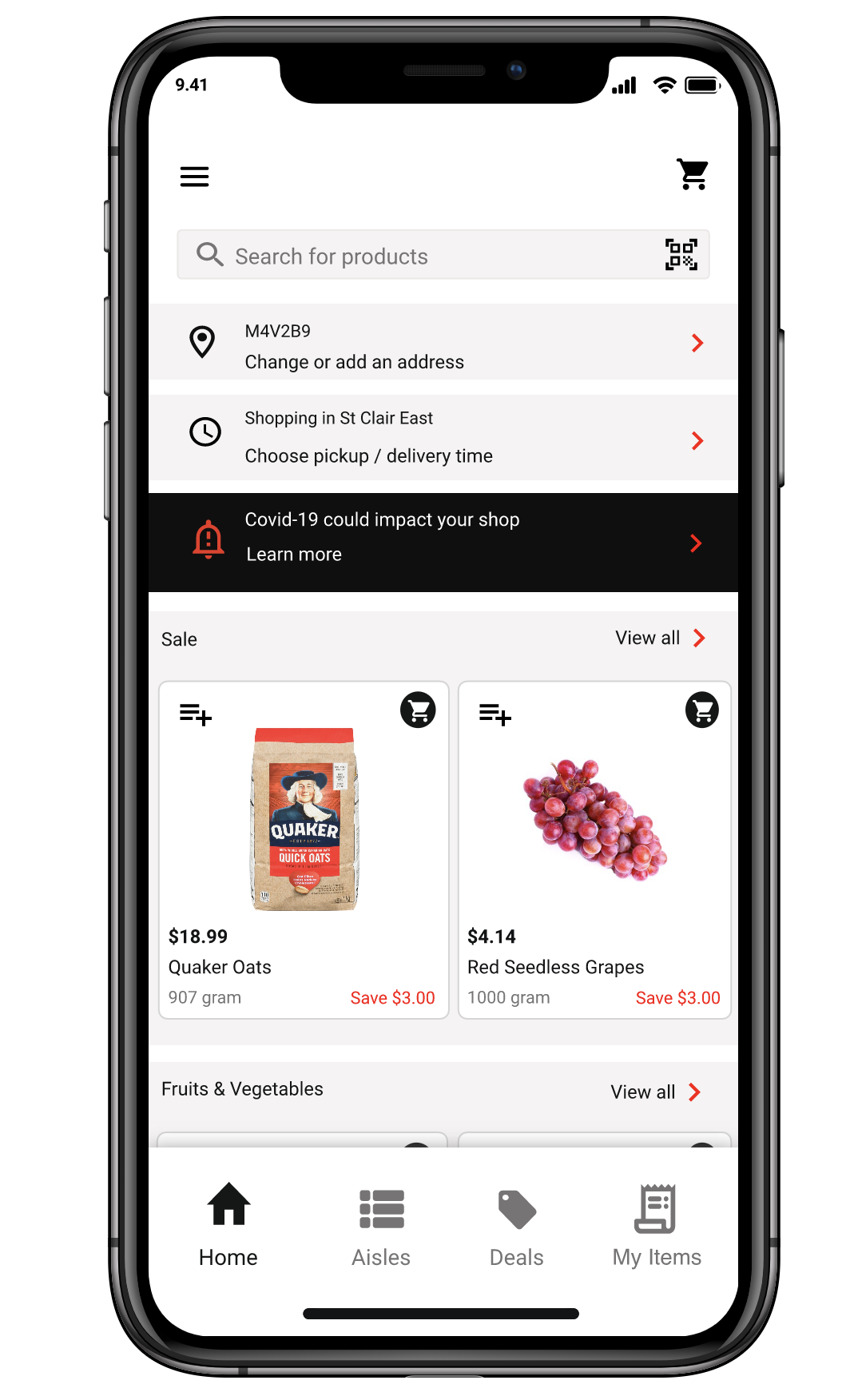-
What is the nature of the problem?
During Coronavirus pandemic, users feel extremely stressed and
panicked
while visiting the
grocery store in-person
-
Who is facing of the problem?
Users who shops grocery in-store
-
When/where does the problem arise?
When there is human interactions, long waiting times to get in the
store, increased number of store visits due to stock
unavailability
-
Why is the problem worth solving?
To ensure better store-visit experience during pandemic.When there
is
little difference between the products and price
between stores, a better store visit experience will yield more business.

